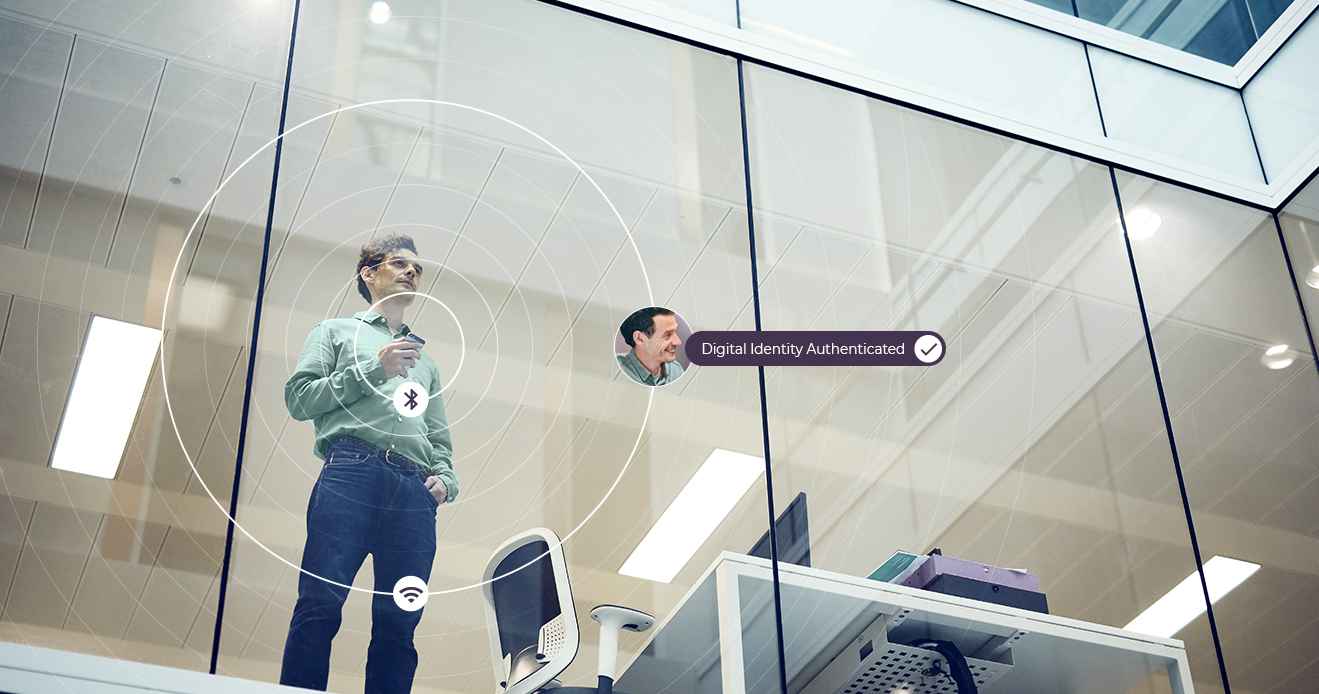- Blog
- The Science Behind Incognia's Location Identity
The Science Behind Incognia's Location Identity
From academic research to a powerful digital identity solution - location behavior is filling a critical gap
Subscribe to the Incognia Newsletter
Academic researchers have been studying the ability to identify users based on their location for over a decade. For example, in 2013 MIT published a study showing that four Spatio-temporal points generated from cell tower signals are enough to identify 95% of individuals uniquely.
While this result was impressive and laid the foundation for further research, a 5% error rate shows that the technology of 2013 was not accurate enough to replace modern digital identification methods. For example, a four-digit code has an accuracy rate of 1 : 10,000 or 0.01%. Today, this represents the lowest acceptable accuracy rate for account security uses.
The main problem with PIN codes and passwords is that they are routinely stolen using social engineering, which is the primary attack vector used by fraudsters and other bad actors.
When Incognia was planning its approach to leveraging location to support digital identity use cases, the solution had to be resilient to social engineering attacks and accurate enough to support frictionless authentication. Incognia developed a methodology that uses precise location, which overcame the accuracy problem presented in the earlier research from MIT.
Incognia started developing its location technology in 2011 and published a study in 2014 about how to locate indoor users. At the time, the main challenge with indoor location was that GPS signals were blocked by physical barriers like concrete, significantly reducing accuracy. To improve the accuracy and enable indoor location, the Incognia team used a combination of radio signals, including wifi, Bluetooth and other mobile phone sensor data, such as gyroscopes and accelerometers.
The founders of Incogia, led by Andre Ferraz and Alan Gomes, participated in a Microsoft-sponsored indoor location competition and were recognized for the most accurate indoor location technology, achieving a distance error of fewer than 2.81 meters.
For the past decade, Incognia has been working to adapt its location technology to the identity market. In 2022, Incognia’s engineering team published a paper entitled “Using Location as a Signal to Affirm Identity Online,” showing that Incognia’s technology, leveraging mobile phone sensors and GPS signals, can identify an individual with an accuracy rate of 1 out of 17 million using five Spatio-temporal points . The accuracy demonstrated by Incognia’s technology is much higher than the False Acceptance Rate (FAR) of commercial biometric technologies, such as Apple Face ID, which has self-reported a FAR of 1 in 1 million users. By these figures, Incognia’s technology delivers a 17x improvement over the top mobile facial recognition technology, leading to improved business outcomes like higher fraud prevention.
In a practical case, recently a large Latin America-based fintech and e-commerce platform with over 10 million customers, was able to evaluate the impact that Incognia has had on its customers’ fraud detection capabilities. Since the Fintech implemented Incognia’s Passwordless Authentication solution approximately one year ago, their mobile app users have reported no account takeover incidents.
Visit our technology page to learn more.




